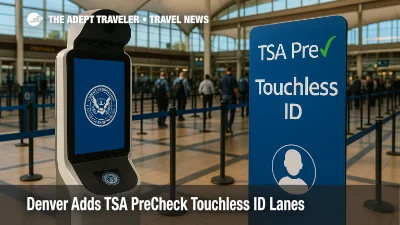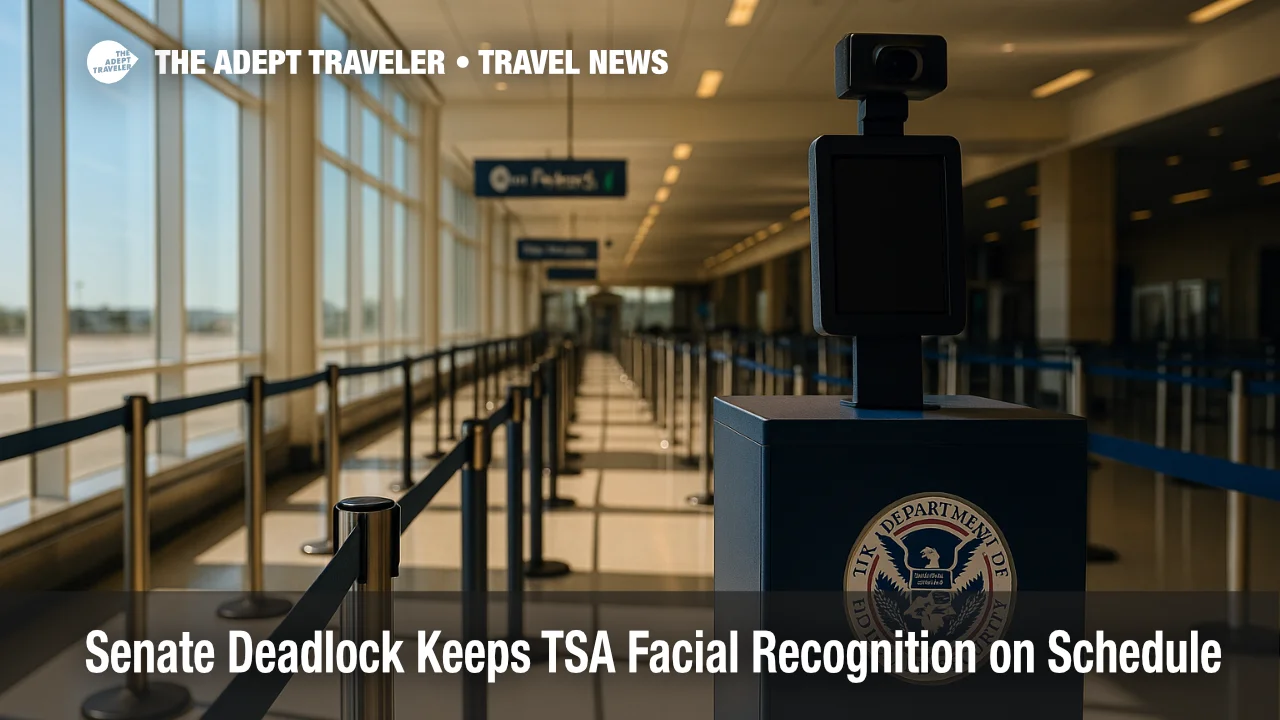Biometrics
Biometrics is a major component of modern-day travel. In the world of ever-growing travel, biometrics provide a secure layer of protection and convenience that passengers need in order to feel secure and confident that their travel is safe.
Biometrics are a way of verifying the identity of a traveler through the use of automated processes. This is done by comparing the within biometric data, such as hand geometry, facial geometry, fingerprint,retina scan and iris recognition, with the data stored in a database or a person's passport or identity card.
Biometric data is a powerful and secure form of identification. It can help reduce the possibility of identity fraud by adding a layer of security that only the traveler can access. With biometric authentication, travelers can be sure that no one can access their data or steal their identity.
Biometrics for travel has become increasingly popular in recent years. It is used in airports and other transportation hubs around the world. There are a variety of different systems available, from simple, one-time verifications to more advanced, real-time systems.
In airports, biometrics can be used to check in faster and verify the identity of the passenger. This is done through a process called facial recognition. With facial recognition, the face of the traveler is scanned and compared to the photo on their ID or passport, allowing the system to verify their identity quickly and securely. This eliminates the need for a manual check-in process, making it easier and more efficient for both the passenger and the airport staff.
Biometrics can also be used to secure boarding passes, baggage, and other documents. This is done through either biometric scanning, RFID (Radio Frequency Identification) tagging, or a combination of both. By scanning the biometric data (such as fingerprints), or RFID tags (such as RFID tags embedded in a passport), travelers can ensure that only those with the proper credentials can access the luggage or documents of the traveler.
Moreover, biometrics have been used to increase the security of the ticketing process. By identifying individuals during the purchase of tickets, airlines and other transportation companies can use biometric data to ensure that only the authorized person is using their ticket.
In addition to airports and transportation hubs, biometric data can also be used to enhance security in other areas of travel. For example, hotels can use biometric data to open room doors, and rental car companies can use it to verify the identity of renters.
Overall, biometrics is an important and growing area of travel. It provides travelers with additional security and control over their travel, while also allowing them to streamline their processing and check-in times. When used correctly, biometrics can make travel more secure and convenient.
EU EES Passport Control Queues, January 9 Ramp

TSA Biometric Fee And Upgrades At U.S. Airport Security

Zurich Airport Activates EU Entry Exit Checks

IATA: Travelers Want Mobile Booking and Airport Biometrics

EU Entry/Exit System: Week one winners and losers

EU Entry/Exit System begins October 12 with phased rollout

Denver Adds TSA PreCheck Touchless ID Lanes

Senate Deadlock Keeps TSA Facial Recognition on Schedule

EU Entry Exit System Starts Oct. 12; ETIAS Delayed to 2026

American Airlines Tech Upgrades Aim To Smooth Summer Travel

